In the tapestry of history, many occupations have come and gone, shaped by technological advancements and societal changes. As we explore earlier eras, we find fascinating jobs that once played vital roles but have since faded into the annals of time.
Join us in exploring nine unique professions that are no longer part of today’s working landscape.
1. Lamplighter

Lamplighters were responsible for lighting street lamps each evening and extinguishing them in the morning. This job was crucial in cities before electric lighting. Lamps were lit using a long pole with a flame at the end.
Walking the streets at dusk, these workers brought light to communities. Often, they were familiar figures in neighborhoods, known to residents.
Their role diminished with the advent of electric street lighting, eliminating the need for manual illumination. Lamplighters were eventually replaced by automated systems, marking the end of this once-essential occupation.
2. Knocker-Up
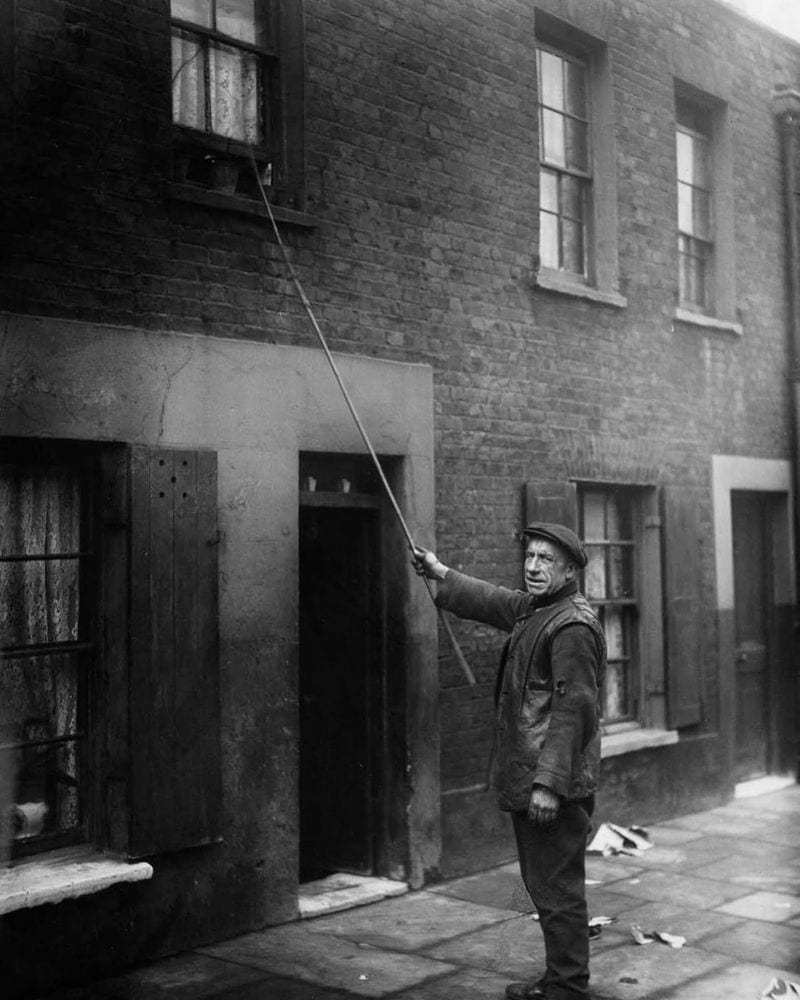
Before alarm clocks became ubiquitous, knocker-ups roamed the streets to wake people for work. Using long sticks or pebbles, they tapped on windows. This service was especially popular in industrial towns.
Knocker-ups would visit clients at agreed times, ensuring punctuality. In a world relying on manual wake-up calls, they played a vital role.
The decline of this job was inevitable with the mass production of affordable alarm clocks, rendering the knocker-up obsolete. Their unique service is a reminder of innovation driven by necessity.
3. Switchboard Operator

Switchboard operators connected calls manually in telephone exchanges. Essential for communication, they managed vast networks of wires and plugs.
Operators, often women, became experts in handling multiple calls efficiently, providing a personal touch in the era of manual telephony. They were adept multitaskers, keeping the lines buzzing.
With the development of automated systems, the need for human operators dwindled. Advances in technology ultimately led to their replacement with digital systems, thus ending this once-thriving career.
4. Rat Catcher
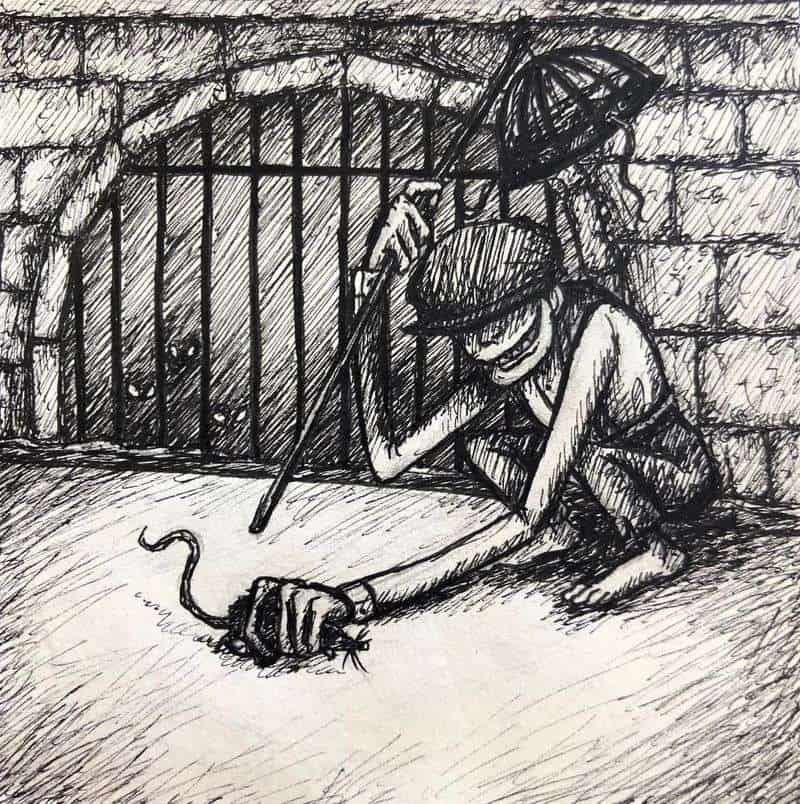
In urban areas, rat catchers played a crucial role in controlling rodent populations. Armed with traps and cages, they captured rats to prevent the spread of disease.
Their work was both vital and risky, as they tackled infestations in unsanitary environments. Often accompanied by dogs, they were skilled in tracking and capturing rodents.
The rise of modern pest control techniques, offering safer and more effective solutions, led to the decline of traditional rat catching. Their fearless work is now a part of history.
5. Milkman
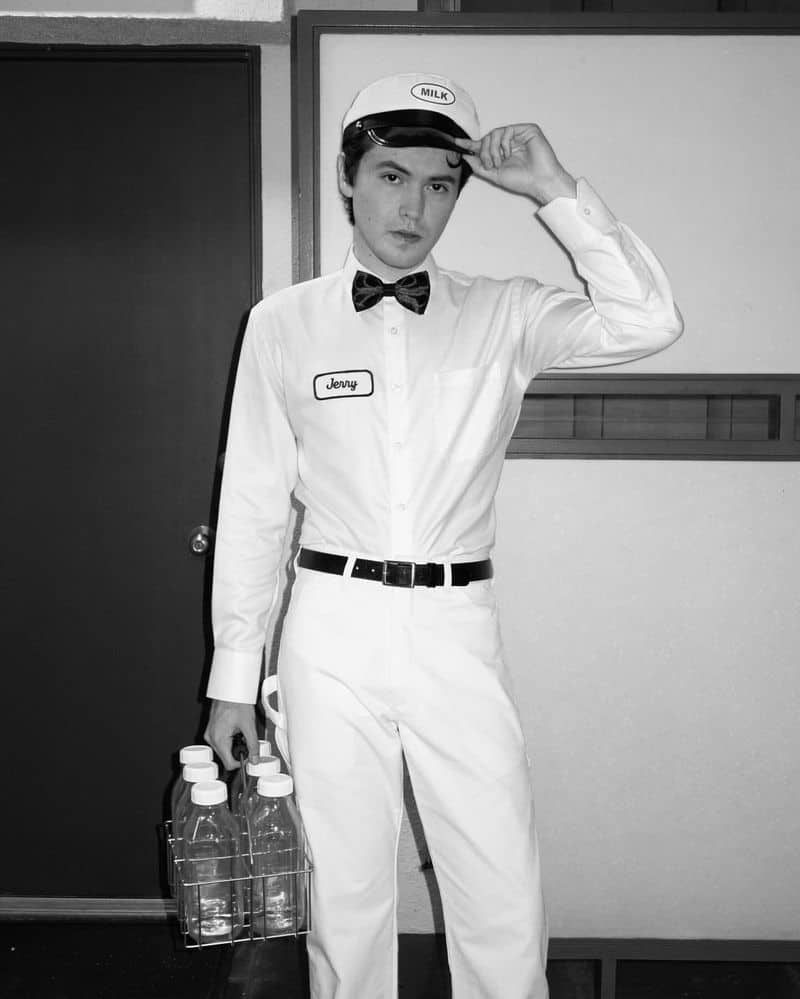
Milkmen delivered fresh milk to households daily, a common sight in many communities. Using horse-drawn carts or small vans, they ensured families had fresh supply.
Their visits were not just about delivery; they often became part of the community, known to families along their route.
With the rise of supermarkets and refrigeration, the need for daily delivery diminished. Milkmen gradually disappeared as shopping habits changed, leaving behind fond memories of early morning deliveries.
6. Ice Cutter

Ice cutters harvested ice from frozen lakes before refrigeration. Using saws and horses, they transported large ice blocks to icehouses.
This labor-intensive job ensured that ice was available year-round for food preservation and cooling. It was a vital seasonal activity, drawing workers during winter months.
With the invention of electric refrigeration, the demand for natural ice plummeted. Ice cutting faded as technology offered more convenient solutions, transforming food storage forever.
7. Bowling Alley Pinsetter
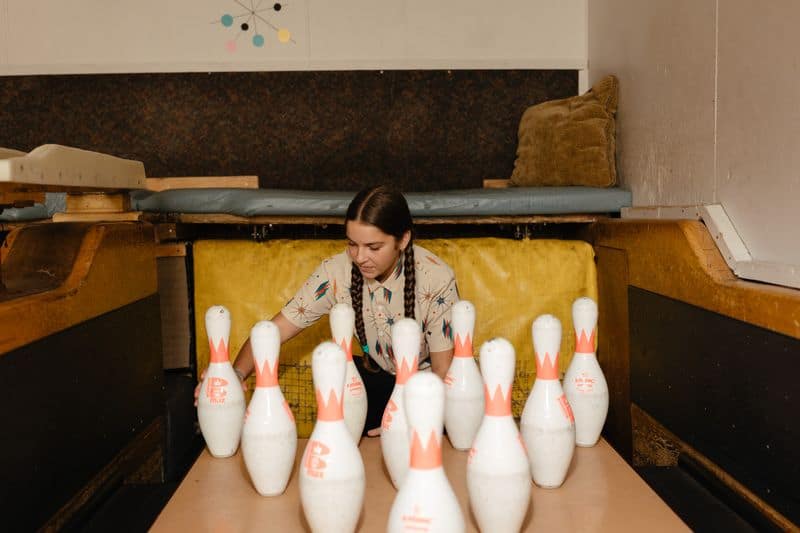
Before automated machines, pinsetters manually reset bowling pins. Often teenagers, they worked in the pits, quickly arranging pins for the next game.
This job was physically demanding and required agility, as pinsetters needed to dodge errant balls. However, it was a popular part-time job for young workers.
The introduction of automatic pin-setting machines transformed the industry, making manual pinsetters obsolete. This change improved efficiency and safety, reshaping the bowling experience.
8. Lector
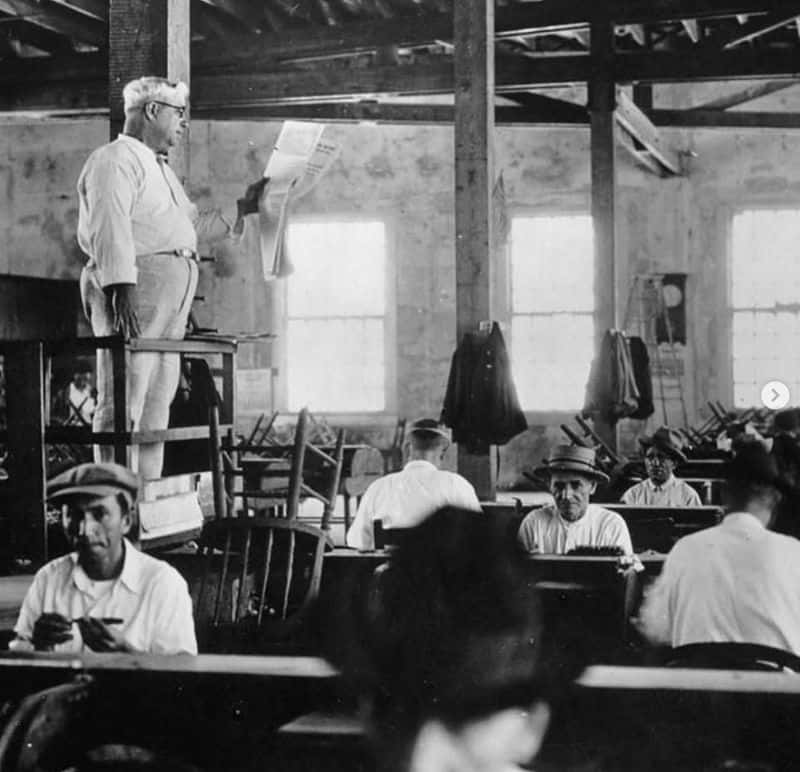
Lectors read newspapers and literature aloud to factory workers, providing entertainment and education. This practice was common in cigar factories, where workers spent long hours.
Lectors added cultural enrichment to the workplace, chosen by the workers themselves. Their readings offered a mental escape and sparked discussions among listeners.
The advent of radio and recorded audio diminished the need for live readings. Technological advancements eventually phased out lectors, ending a unique tradition that enriched the factory environment.
9. Resurrectionist

Resurrectionists, or body snatchers, supplied medical schools with cadavers for dissection. Operating under the cover of night, they exhumed bodies from graves.
This practice filled a critical gap in medical education, as legal sources of bodies were scarce. However, it was fraught with moral and legal issues, leading to public outcry.
Legislation eventually provided lawful means for anatomy studies, reducing the need for illicit grave robbing. This shadowy profession is now a chilling chapter in medical history.



